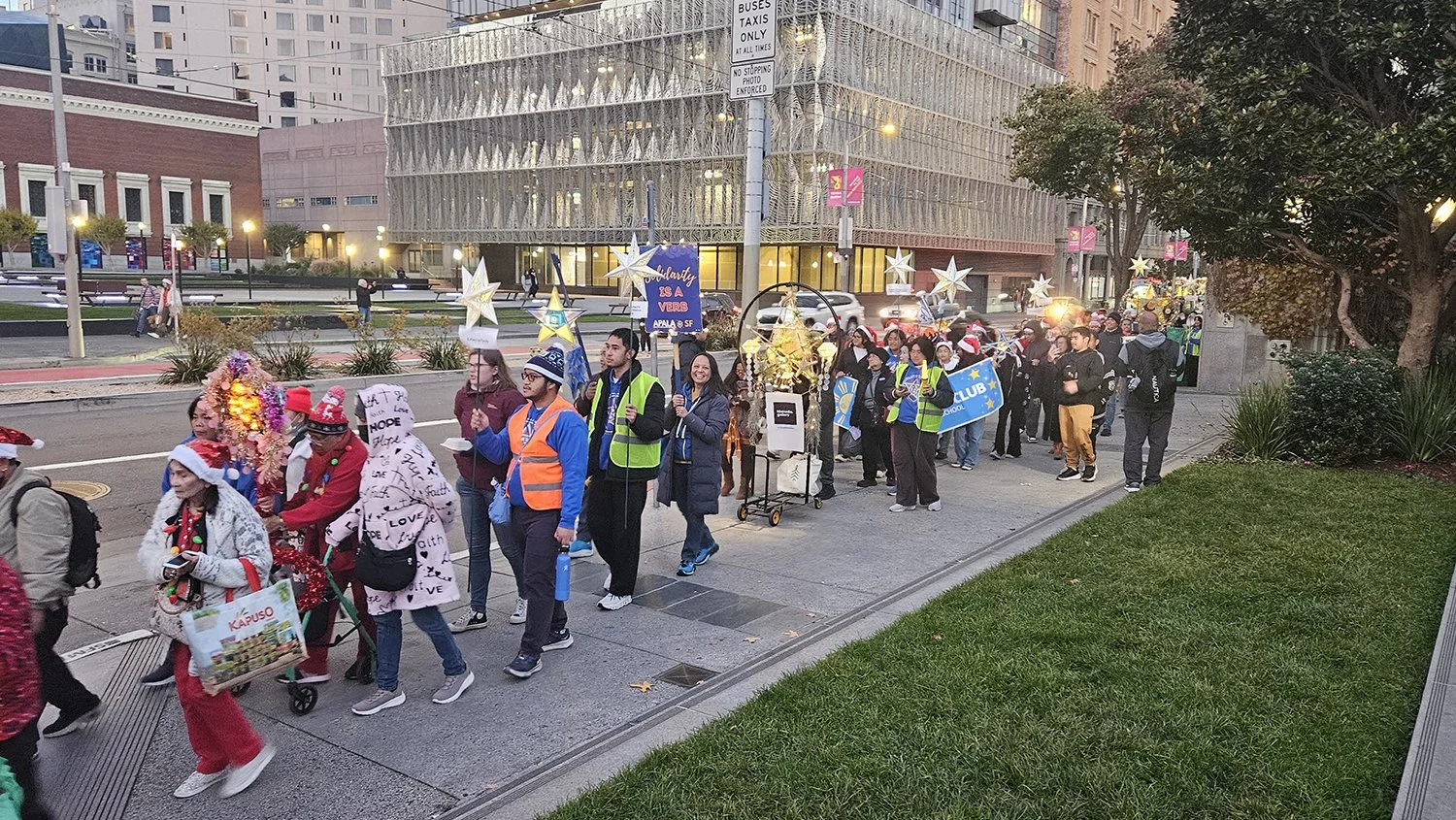Bataan Death March 75th Anniversary Commemoration
/Seventy-five years ago, on April 9, 1942, Maj. General Edward P. King, Jr., Commanding Officer of the Luzon Force (U.S. Army Forces in the Far East of USAFFE) was forced to surrender 75,000 troops consisting of 63,000 Filipinos and 12,000 Americans in the peninsula of Bataan which guards the mouth of Manila Bay. Despite fighting without any air support (lost during the first week) and without any reinforcement, they managed to delay the Imperial Japanese Army's time table of 50 days by holding on for 99 days. But in the end their will could no longer sustain their bodies, which were wracked with disease and starvation. Little did they know that their fate was already sealed long before the first bomb hit Pearl Harbor. In accordance with the war plan (War Plan Orange 3 in Rainbow Plan 5), no reinforcement was going to be sent until Germany was defeated.
The prisoners, the majority of whom were suffering from disease and starvation, were forced to march approximately 60 miles to their prison camp at Camp O'Donnell under extreme tropical conditions. No provisions were made for food, water, shelter or medicine. Those who could no longer go on were beaten, bayoneted, shot and some were even beheaded by their Japanese captors. In some instances, the executions were done collectively. In Pantingan River, some 300 commissioned and non-commissioned officers of the 91st and 71st Divisions were executed.
Thousands of soldiers (the majority were Filipinos) died during the march. This heinous crime against humanity became known as the Bataan Death March.
After reaching Camp O'Donnell, approximately 20,000 Filipino and 1,600 American soldiers ultimately died inside the camp.
This seminal point of history faded though the years and has been almost forgotten. Bataan Legacy Historical Society, with the help of many community leaders, worked with the California Department of Education since 2014 to include this and other seminal events in the Philippines during WWII in the history curriculum framework for high school. Last year, it was approved for inclusion in the U.S. history curriculum framework for Grade 11 in California. Bataan Legacy Historical Society is now working on creating sample lesson plans to help in its implementation. But your help is crucial to ensure that it is implemented. California is the first state in the nation to mandate the teaching of World War II in the Philippines in its high schools.
As the descendants of those who went through the Bataan Death March, we have a sacred duty and a moral obligation to ensure that this legacy will be learned by future generations, not just in California but throughout the United States, the Philippines, Japan and the rest of the world.
Please join us on April 8 to honor the few remaining survivors of the Bataan Death March and the thousands who have already passed on.
Bataan Death March 75th Anniversary Commemoration on April 8, 2017 at the Presidio in San Francisco, California.


